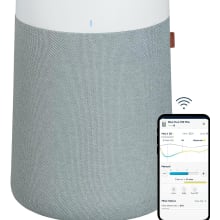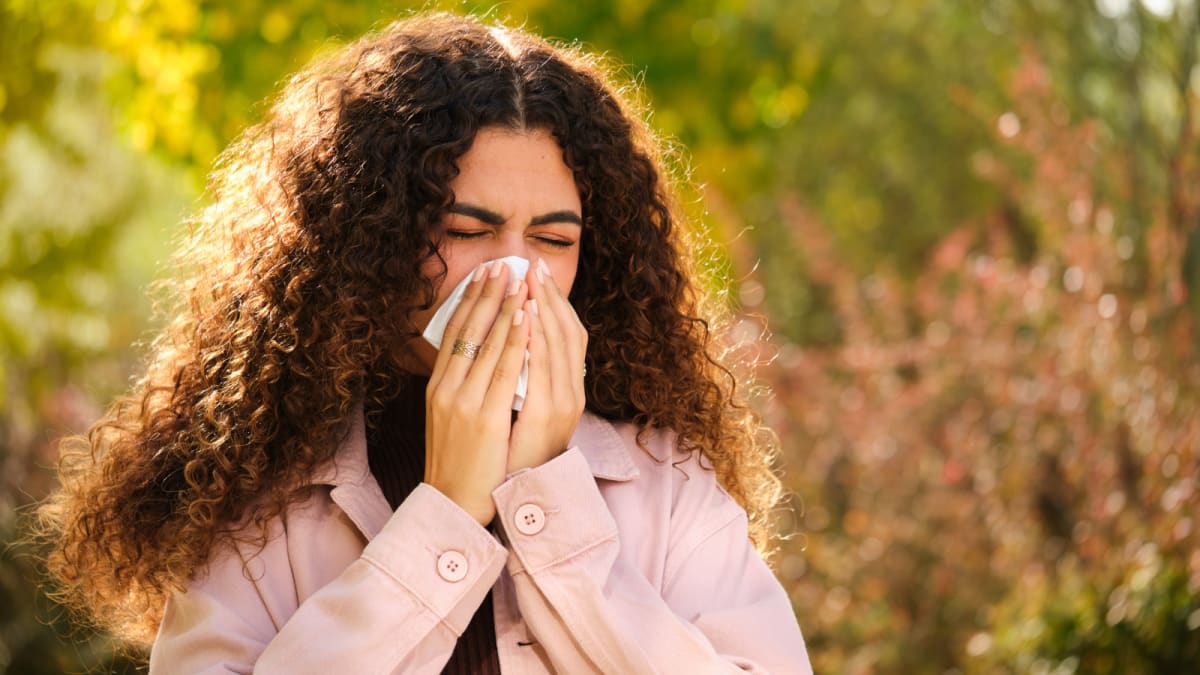It’s been over four years since the global outbreak of COVID-19 and while many are under the assumption that the pandemic is over, it’s important to remain vigilant. Case-in-point: a new family of COVID-19 variants — FliRT COVID — are currently making the rounds. These two variants, KP.1.1 and KP.2, together make up around 33% of new COVID-19 cases. These variants may have the capacity to spread more easily than older variants. While the news is troubling, there is no need to panic. Here is everything we know so far these new COVID-19 variants and ways you can stay safe.
What are the new FLiRT COVID variants?
FliRT is a family of omicron variant JN.1 offshoots consisting of the KP.1.1 and KP.2 variants. According to the Centers for Disease Control and Prevention (CDC), KP.2 is responsible for around 25% of new COVID-19 infections while KP.1.1 is responsible for about 7.5%.
There is research that suggests that the FliRT variants spread more readily due to a mutation in the spike proteins responsible for transmission. This is a common occurrence for COVID-19 variants, which mutate to better evade immunity.
What are symptoms of the new FLiRT COVID variants?
As of this writing, symptoms of the FliRT COVID variants do not appear to differ from those of other variants. These symptoms include:
-
Fever or chills
-
Cough
-
Sore throat
-
Congestion or runny nose
-
Headache
-
Muscle aches
-
Difficulty breathing
-
Fatigue
-
New loss of taste or smell
-
“Brain fog” (feeling less wakeful and aware)
-
Gastrointestinal symptoms (upset stomach, mild diarrhea, vomiting)
What you need to protect yourself from COVID FliRT
Face mask
KN95 Face Mask, Reusable & Disposable Masks, 10 Pack
KN95 masks such as these filter 95% of particles, including the ones responsible for transmitting COVID-19.
Wearing a mask remains one of the most effective ways to protect yourself from contracting COVID-19. The best masks you can buy are N95 and KN95 masks, both of which filter 95% of the particles responsible for transmitting COVID-19. When shopping for masks online, do your due diligence to avoid the myriad of fakes.
Air purifier

BLUEAIR Air Purifier
Air purifiers can remove harmful air particles from your home, including ones that spread COVID-19.
Buy Now
Make sure the air in your home is free from COVID-19 by running a quality, HEPA air purifier. The best air purifier we’ve tested is the Blueair Blue Pure 311i Max. Beyond its quality HEPA filter, we love this air purifier because it’s quiet.
Hand sanitizer
Purell Advanced Hand Sanitizer Refreshing Gel
Disinfect your hands with hand sanitizer that contains at least 60% alcohol.
Buy Now
Another way to curb the spread of the FLiRT COVID-19 variants is to stay on top of your hand hygiene. This is because you can contract COVID by touching your hand to your eyes, nose, or mouth after touching a surface coated with COVID-19 particles. While the best way to disinfect your hands is to use soap and warm water, using hand sanitizer with at least 60% alcohol will work in a pinch.
Disinfectant wipes
Clorox Disinfecting Wipes Value Pack
Another way to kill germs is to use plenty of disinfectant wipes.
Disinfect surfaces to kill any viral particulates that may be lurking on them. Wipes will be most helpful on surfaces that are touched open such as doorknobs and light switches.
Thermometer
Vicks SpeedRead
Running a fever is one of the many symptoms of COVID-19.
If you start feeling under the weather, one way to see if you’ve contacted COVID-19 is by using a thermometer, as one of the symptoms is a running fever. One of the best thermometers to buy is Vicks SpeedRead digital thermometer, which is inexpensive, safe to wash in water, and has color-coded readings.
COVID-19 at home test
BinaxNOW COVID-19 Antigen Self Test
An at-home test can quickly tell you whether or not you have COVID-19.
Buy Now
Where are the FLiRT COVID variants spreading?
As of this writing, the FliRT variants are spreading evenly across the country — there isn’t a region where the variants are spreading more than others.
